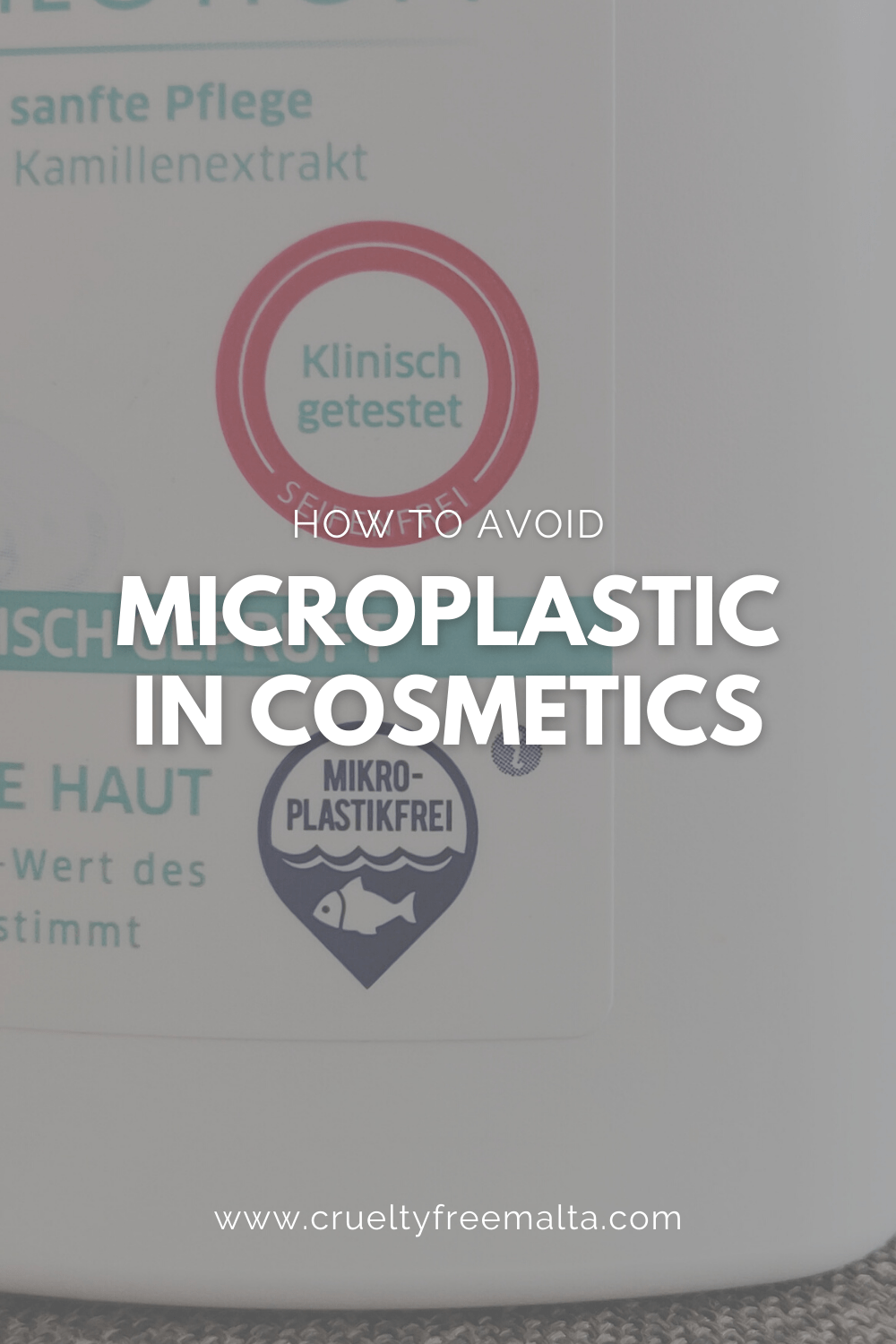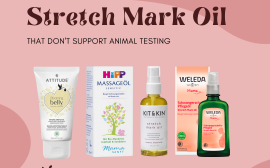Let me give you a short story on this issue. After a lot of research and discussions, in 2019 the European Chemicals Agency proposed restrictions to the European Commission. Their aim is to reduce microplastics and their impact on polluting the environment. The EC then came up with a list definition of microplastics. Additionally, they defined a list of microplastic ingredients used in cosmetics that should be banned. Cosmetics companies then started removing these ingredients from their products and proudly stated that their products are “microplastic-free”. However, the issue is not yet solved.
This EC regulation only bans some microplastics or also known as microbeads. The majority of the companies only removed the microplastics specified in the EC document and stopped there. Others invested more time to research further and remove any ingredient which is a synthetic polymer.
Why should I care about microplastic in cosmetics?
The first time I heard about microplastic was when I watched the video which I will be sharing below. It explains why they were created, mainly the usual consumerism and capitalism story. Companies want us to use their products frequently so that we buy their products more frequently. The end result is, microplastics enter our body, pollute the environment and swallowed by the fish which most of us eat. It convinced me to care, even if I don’t eat fish.
How can I avoid microplastic in cosmetics?
1. Don’t only check for the “microplastic-free” labels
Most of the time such “microplastic-free” labels only limit to the microplastic list set by the EU. Meaning that you can still find microplastic inside but not the ones that the EC listed as banned microplastic. So it would be better to check further buy checking the ingredient list.
2. Avoid products that contain more than 20 ingredients
This is a rule you should establish when buying cosmetic. Not only you avoid microplastics but also you avoid ingredients that are there just to cheapen the quality of the product, i.e. for more profits. A product that really works needs less than 20 ingredients, the more ingredients it has the more the benefits of the main ingredients are diluted.
3. Buy natural products
Most of the time natural products don’t contain microplastics. However, be aware that just like the microplastic issue, not every product that claims to be natural is really 100% natural. A product can be called natural even if it contains a small percentage of natural ingredients. Apart from making sure that the product contains less than 20 ingredients, make sure that you can understand what most ingredients listed are except for maybe 5 of them.
4. Avoid products containing ingredients containing “poly”
From experience ingredients containing the term “poly” in the name, are most likely to be microplastics. You sometimes don’t find the full word but acronyms like PVA. I once had a discussion with the owner of a zero-waste shop in Malta, cause he is selling water-soluble detergents containing PVA. He tried to convince me that it is alcohol not a microplastic but from my trustee INCI website, I could find that it is also a synthetic polymer i.e. a microplastic. So this Maltese zero-waste shop lost my trust and I consider it as another greenwashing company.
5. Avoid products containing “PEG-” ingredients
As I said, microplastics are sometimes hidden behind an acronym. PEG is one of them. Usually, it is followed by a number like PEG-7.
These are the tips I can suggest right now. If you have other tips please let me know.




